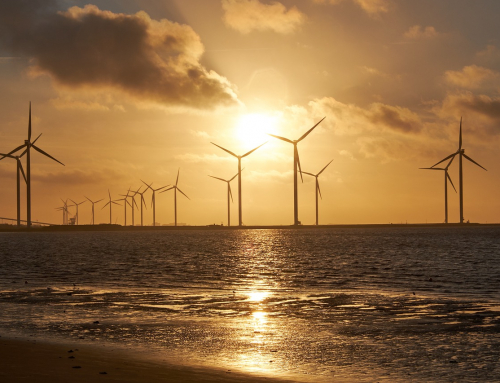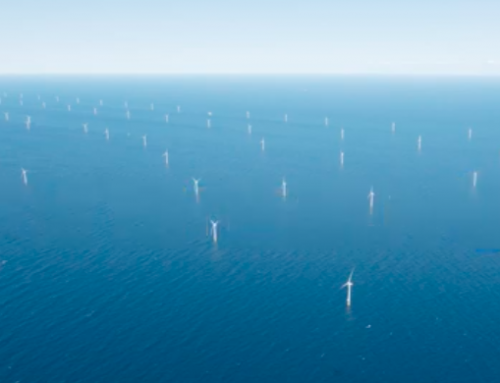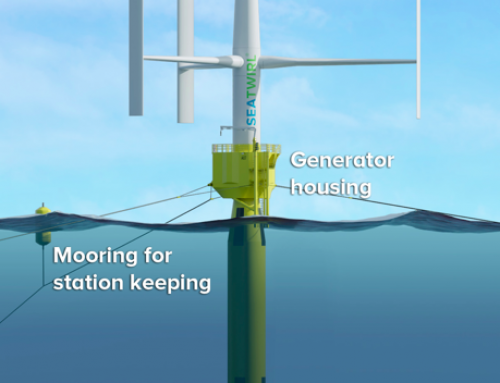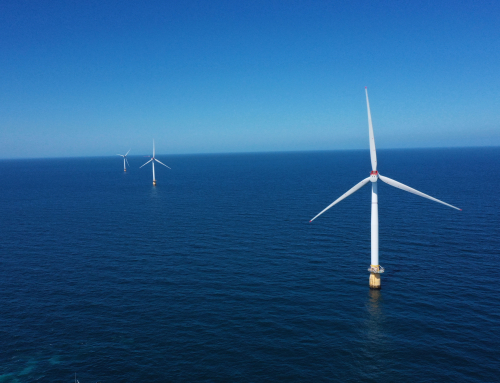By Julian Singer
The UK’s drive to reach net zero emissions depends hugely on affordable offshore wind energy. In the most recent auction of Contacts for Difference (CfD) in September 2019 the strike prices of the successful bids were around £40 per megawatt-hour (MWh) of electricity, well below the government’s guideline price for wholesale electricity of £60/MWh in 2025 when these wind farms should become operational. To consumers such low bids are good news but to sceptics they are unsustainable and in the words of Professor Gordon Hughes “…akin to speculative property development”[1]. How valid is the scepticism?
First we should note that CfD bids are quoted in 2012 pounds, whereas the wholesale value was that predicted for 2025. After allowing for historical and predicted inflation raises the value of the bid rises to £50 per MWh in 2025, closer to the expected wholesale value. The CfD stipulates that if the wind farm owner has to sell electricity at a price below £50 the government’s Low Carbon Contract Company (LCCC) will make up the difference. Conversely if the owner sells at a higher price it will be obliged to pay back the difference to the LCCC. Obviously to win the bid the owner offers the lowest it thinks manageable, but the price of too low an offer is heavy: if the wholesale price is indeed £60 the owner would have to pay £10/MWh on top of all other costs.
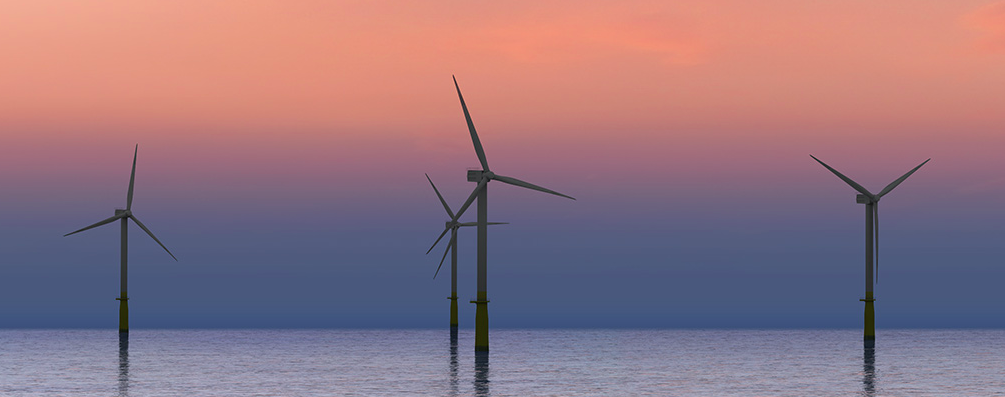
www.scottishpowerrenewables.com
There are some restrictions on the CfDs. They are only valid for 15 years, whereas the lifetime of a wind farm is expected to be between about 20 and 30 years, which would allow a considerable period when the price is subject to the market, possibly to the owner’s benefit, possibly not. The LCCC adjusts the strike price for inflation and some other minor factors. Professor Hughes states that in their individual contracts owners can cancel the CfD for only a modest penalty. To sceptics these factors mean that owners are not worried about bidding too low.
Sceptics also point to the very rapid drop in CfD prices. The system started in 2014 when five offshore wind farms were offered contracts around £145/MWh. The first auction was held in Feb 2015 in which two wind farms won contracts at around £117/MWh. The second auction was held in 2017 with three winners between £57/MWh and £75/MWh. The third was held in 2019 and won by six wind farms at around £40/MWh.
This is indeed a very fast drop, but proponents argue that the owners are serious companies who would not make bids that they could not support, and that such a drop is not unusual in an industry that is passing from the experimental to the routine commercial stage. To examine this further one needs to look at the cost of electricity from a wind farm. The levelized cost of electricity (LCOE) takes into account the five relevant factors: the cost of construction, the cost of operation/maintenance, the cost of finance, the load factor and the lifetime.
The cost of construction depends not just on manufacturing costs but on specific factors such as the water depth, and the distance from land. Costs for existing wind farms are quoted as lying between about three and four million pounds per MW. Even if these figures can be relied on they are quite old. Of the wind farms with auctioned CfDs only one has finished construction (East Anglia 1 from the first CfD auction, completed in 2020). For the others the quoted costs, if available, are only estimates. These costs ought to drop, not only because of larger manufacturing volumes and more experience but also because some hardware such as electrical cables can be shared and because of bigger turbines, which means that for a given capacity fewer foundations and towers are needed.
Operational and maintenance costs also depend on distance from land, among other factors. They can be expected to increase as the wind farm becomes older. Professor Hughes has evidence mainly from onshore wind farms that the maintenance costs of new wind farms have been rising.
On the other hand the cost of finance is one factor that has certainly decreased as the perception of risk decreases, along with interest rates in general.
The load factor (the percentage of the capacity that is actually used) has been increasing slowly but steadily at about 0.2 per cent per year to 40 per cent in 2019 for all UK offshore wind. The newer, taller turbines with longer blades should access higher wind speeds and give significantly higher load factors, hence reducing the LCOE.
Lifetimes are still unknown as no farm has yet reached this point. It is also not clear at what point replacing old turbines is no longer maintenance but effectively a completely new farm, with its own capital investment.
BVG associates, a consultancy that works for the Offshore Renewable Catapult (a government-sponsored promoter of renewable energy), has made a detailed analysis of the costs for a typical wind farm due to be operational in 2022. It estimates that the cost of construction will be £2.37m per MW of capacity, operational and maintenance costs will average £76,000 per MW per year, the weighted average cost of capital will be 6 per cent, and the load factor will be 0.51 with a lifetime of 27 years.
With these parameters the LCOE is £62/MWh. This compares with an auction price of about £87/MWh for Triton Knoll on its completion in 2022, and £69/MWh for Hornsea2 and Moray on their completion in 2023.
These calculations suggest that if these wind farms are typical they will be profitable, although with little margin for error and noting that BVG’s numbers look optimistic, particularly for construction costs.
In the end these calculations are just estimates. Triton Knoll will be the first wind farm with a CfD below £100/MWh to become operational. If and when we learn its cost of construction we will have a good idea whether the sceptics or the promoters are correct.
[1]“Wind Power Economics: Rhetoric and Reality” by Professor Gordon Hughes, University of Edinburgh, published by the Renewable Energy Foundation which supports renewable energy but has a reputation of being skeptical about wind power.

